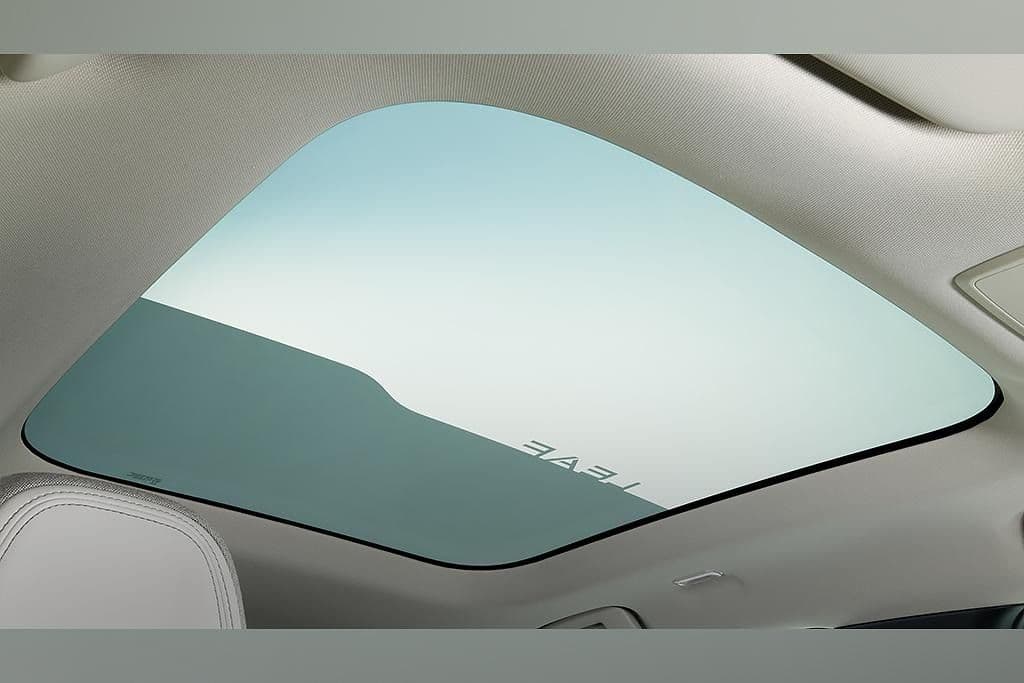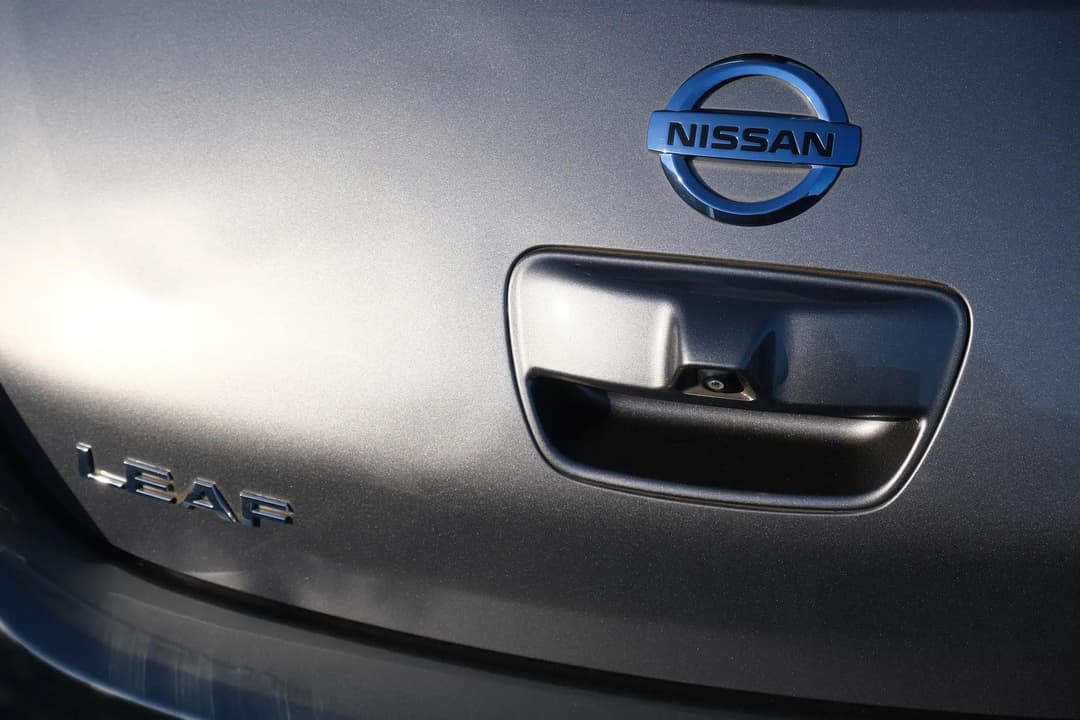Nissan is giving its pioneering EV a bold makeover. The next-generation Leaf, set to debut globally on June 18, is moving away from its compact hatchback roots and leaning into SUV territory. Could this shift breathe new life into one of the world’s most iconic electric cars?
▶️MORE: Nissan Leaf Key Details, Specs & Price

Bigger, bolder, and more aerodynamic
Due in Australia sometime in 2026, the third-generation Leaf takes on a sleeker, more upright design with clear SUV influence. Nissan teased the new look earlier this year, highlighting a taller ride height, curvier body, and a sharply styled front end.
According to Leaf design chief Nobutaka Tase, this is Nissan’s most aerodynamic car yet. Key features like a sloping fastback roofline, flush door handles, flat underbody, and active grille shutters all contribute to a drag coefficient as low as 0.25 for European models. While not industry leading it is lower even than many dedicated electric SUVs currently on the road.
Tase also pointed to an electrochromic (auto-dimming) panoramic glass roof that helped engineers lower critical air detachment points by 12mm, fine-tuning how air flows across the car.
▶️MORE: 2026 Nissan Leaf Full Reveal Before Aussie Release
Increased Range to rival petrol cars
Nissan wants the new Leaf to be a true alternative to petrol-powered vehicles, and range is key to that mission. Global product VP Richard Candler says the next Leaf will offer 300 to 500km of driving range between charges, depending on the variant.
It’ll also feature faster charging. Nissan claims you can add over 250km of range in about 14 minutes, thanks to improved battery tech and "plug and charge" functionality.
▶️MORE: Nissan Leaf Charging Guide

New platform, proven underpinnings
Underneath, the new Leaf rides on Nissan’s CMF-EV platform (now known as AmpR Medium), which is shared with the Nissan Ariya as well as Renault’s Megane E-Tech and Scenic E-Tech.
That means buyers can expect a more modern powertrain setup, likely using CCS charging ports in Australia (goodbye, CHAdeMO), active battery cooling, and a choice of batteries and drivetrains:
- Ariya-based options include 65kWh and 90kWh batteries
- Front-wheel drive and all-wheel drive available
- Power outputs range from 160kW to 290kW
- Driving range between 360km and 500km depending on spec
▶️MORE: Which Electric Cars Have Bidirectional Charging

Where the current Leaf falls short
The current-gen Leaf is showing its age. Base models come with a 39kWh battery and just 270km of range, while the pricier e+ variant bumps that to 385km thanks to a 62kWh pack. But both use passive cooling and outdated CHAdeMO charging, a pain point in Australia where such chargers are few and far between.
▶️MORE: 5 Cheapest Electric Cars in Australia (2025)
A legacy that needs a reboot
Since launching in 2010, the Leaf has racked up global sales of over 700,000 and covered an estimated 28 billion kilometres. At its peak, it was the world’s top-selling EV, but it's since been eclipsed by the Tesla Model 3 and Model Y.
The next-gen Leaf aims to recapture some of that early magic by evolving into something more relevant to today's buyers: stylish, practical, and ready for long-distance travel.
Stay up to date with the latest EV news
- Get the latest news and update
- New EV model releases
- Get money savings-deal

Privacy policy